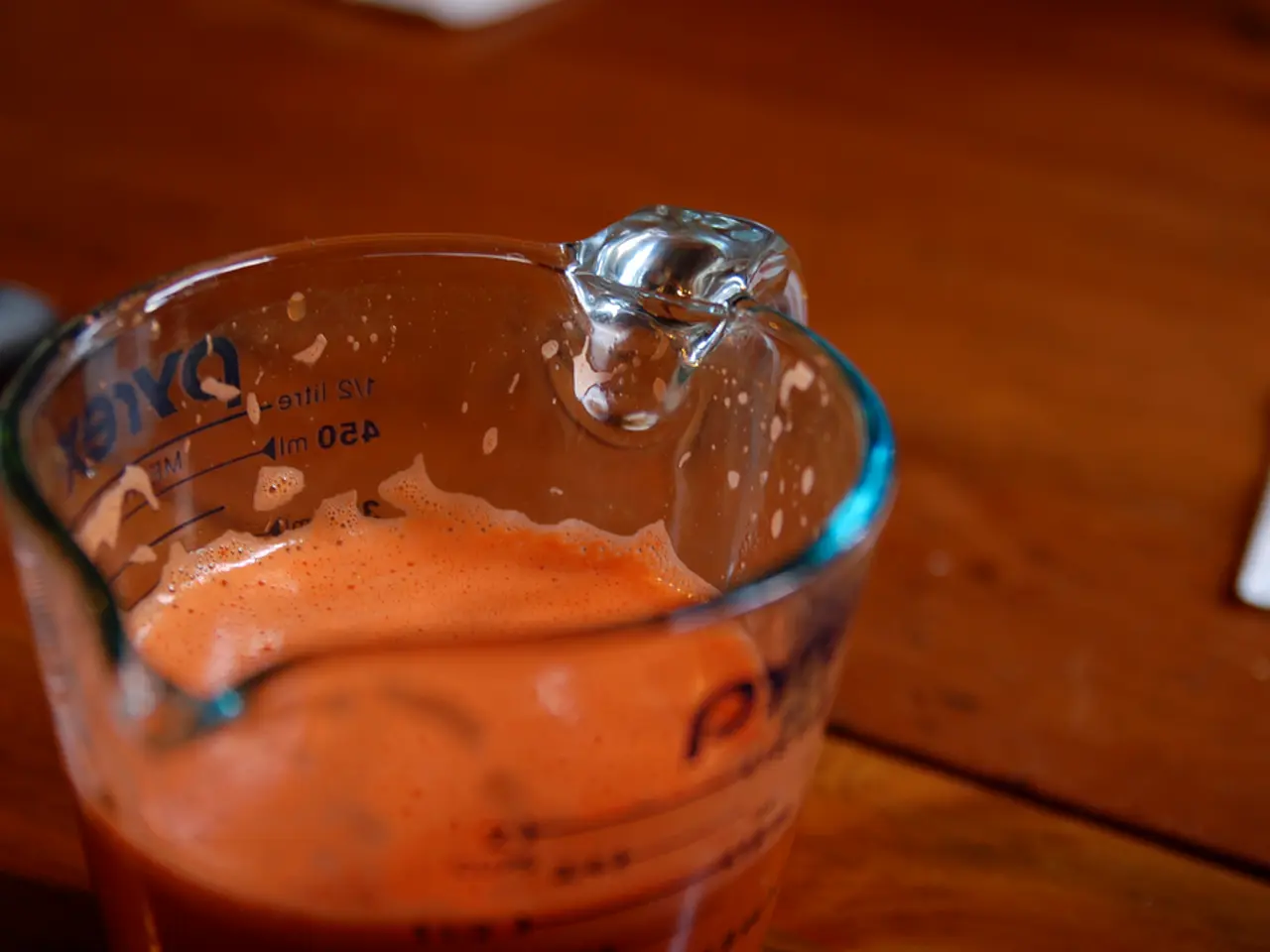Jute's Hidden Power: Nanocellulose Revolutionizes Medicine, Water Purification, and Energy
Scientists are exploring the potential of nanocellulose, derived from jute, in medical science and water purification. This renewable resource, primarily composed of cellulose, is being transformed into nanowhiskers, nanocrystals, and nanofibers for advanced applications. Dr. Md. Saiful Islam is leading research in this field.
In medicine, nanocellulose is significant for tissue engineering. It can reinforce materials while retaining water, making it promising for ophthalmic tissue engineering. Jute-based cellulose nanofibers can be converted into conductive materials, facilitating electrical transmission for nerve regeneration.
In water purification, nanostructured membranes and aerogels derived from cellulose nanowhiskers can block harmful contaminants and trap toxic substances. The large surface areas, biocompatibility, and adaptability of these materials also make them valuable in drug delivery systems. They can be combined with polymers or gels to produce effective scaffolds for tissue growth and regeneration. Electrospun cellulose nanofibers mimic the natural structure of the extracellular matrix, making them suitable for use as scaffolds in tissue engineering.
Beyond medicine, jute-derived nanocellulose holds promise in renewable energy. It can serve as sustainable materials for energy storage devices like supercapacitors and lithium-ion batteries.
Dr. Md. Saiful Islam's research highlights the versatility of jute-based nanocellulose. Its potential in medical science, water purification, and renewable energy is being explored. Further research is expected to unlock more applications for this sustainable and renewable resource.







